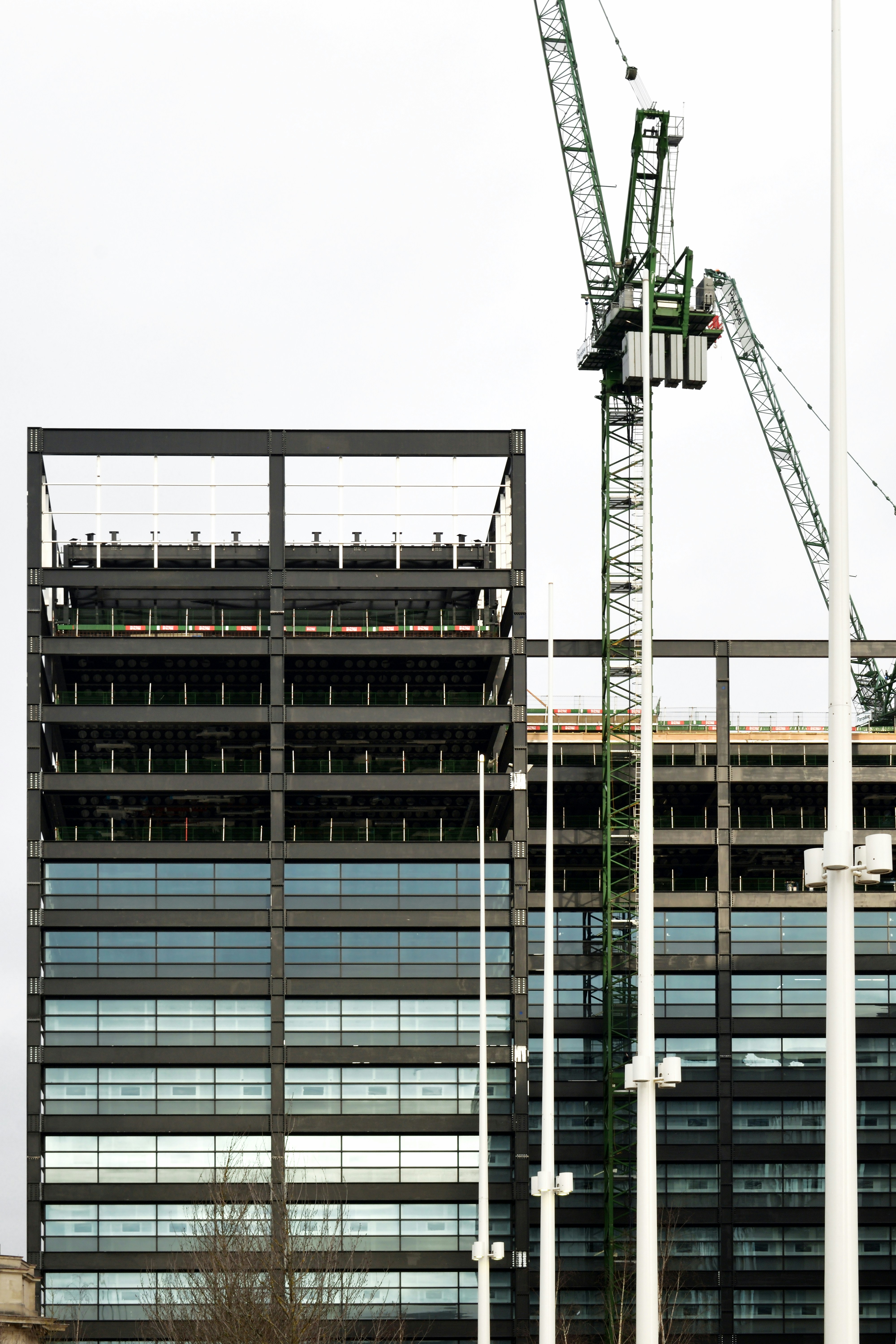The Importance of Adapting Building Codes for Hurricane Resilience
In the hurricane-prone state of Florida, adapting building codes to withstand severe weather events is essential for safeguarding homes and communities. With hurricanes becoming more frequent and intense due to climate change, it is crucial to ensure that the built environment can endure these powerful storms.
Why Current Building Codes Need Updating
The existing building codes in many regions, including Florida, were often designed based on historical weather data and may not fully account for the changing climate conditions. Up-to-date building codes can significantly reduce the damage and economic loss caused by hurricanes, protecting both lives and property.
Strengthening Structural Integrity
Enhancing the structural integrity of buildings is one of the primary goals of updated building codes. This includes requiring stronger materials, improved construction techniques, and better architectural designs to withstand hurricane-force winds and heavy rainfall.
- FEMA Building Science
- Using wind-resistant materials and construction methods.
- Implementing design standards that reduce vulnerability to wind and water infiltration.
Key Elements of Hurricane-Resilient Building Codes
Several elements are crucial when adapting building codes for hurricane resilience:
Roofing Standards
The roof is often the most vulnerable part of a building during a hurricane. Enhanced roofing standards ensure that roofs are secured and can withstand strong winds. This includes the use of wind-resistant shingles, improved roof decking, and strong fastening systems.
Elevation and Flood-Proofing
In coastal areas, elevating buildings and incorporating flood-proofing measures are essential. This helps to mitigate the risk of storm surge and flooding, which are common during hurricanes. Building codes should mandate higher elevation levels and require materials that can resist water damage.
Impact-Resistant Windows and Doors
Windows and doors are critical points of entry for wind and water. Codes that require impact-resistant windows and reinforced doors can prevent interior damage and maintain the structural integrity of buildings during hurricanes.
Backup Power and Emergency Supplies
Adapting building codes to include requirements for backup power systems and emergency supplies can ensure that buildings remain functional during and after a hurricane. This can include the installation of generators, battery storage systems, and the provision of essential supplies like food, water, and medical kits.
Community and Government Roles
Both community efforts and government regulations play crucial roles in adapting building codes for better hurricane resilience.
Local Government Initiatives
Local governments should lead by updating building codes and enforcing compliance. Providing resources and guidance for builders and homeowners on best practices for hurricane-resistant construction is also essential.
Additionally, governments can offer incentives such as tax breaks or grants for buildings that meet the updated codes. This encourages compliance and promotes widespread adoption of resilient construction practices.
Community Engagement and Education
Community education programs about the importance of updated building codes and how to implement them can significantly enhance overall resilience. Residents should be encouraged to retrofit their homes and utilize resilient building practices.
Organizations like HelpNow offer emergency response training and preparedness courses that can empower communities to better withstand hurricanes and recover more quickly.
Success Stories and Case Studies
Several communities and organizations have successfully adapted their building codes to improve hurricane resilience. For example, the Florida Building Code has been recognized for its stringent standards, resulting in reduced property damage and loss during recent hurricanes.
Case studies highlight the effectiveness of these updated codes. For instance, buildings constructed or retrofitted under the new guidelines showed remarkable resilience during Hurricane Irma, sustaining minimal damage compared to older structures.
Conclusion: Moving Towards a Resilient Future
Adapting building codes for hurricane resilience is not just a regulatory necessity but a moral obligation to protect lives and property. As hurricanes increase in frequency and intensity, it is crucial to implement these updated standards across all vulnerable regions, especially in hurricane-prone states like Florida.
For more information on how to prepare your home and community for hurricanes, visit HelpNow’s blog and explore our courses on disaster preparedness. Stay informed, stay safe, and build a resilient future.
Discover more about our initiatives and how you can contribute to building a more resilient community by visiting our About page or considering a donation.

